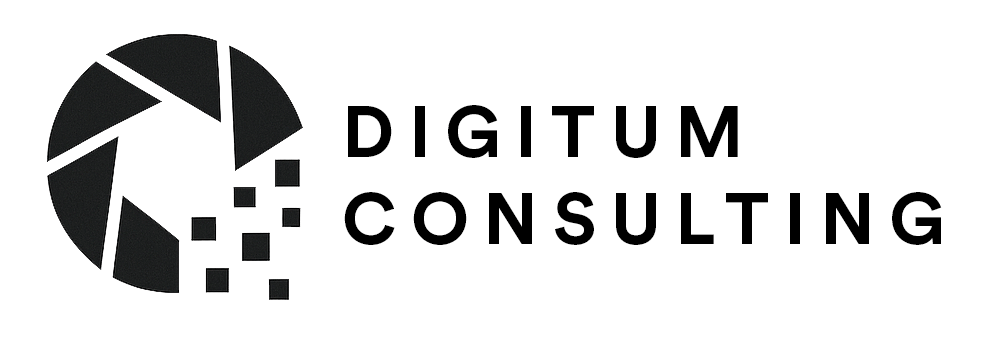At a time when images circulate uncontrollably and metadata is often lost or stripped during sharing, photographers need more robust solutions to prove the origin and ownership of their work. This is where Liccium brings a major breakthrough.
Liccium is an open and interoperable system based on the ISCC (International Standard Content Code) standard. This code, derived directly from the visual content itself through cryptographic hashing, makes it possible to link an image to its author, license, and rights declarations — even if embedded metadata has been removed or the file has been slightly altered.

What makes Liccium particularly promising is its ability to complement existing approaches such as Content Credentials. While traditional IPTC metadata allows embedding essential information (name, copyright, contact, license, etc.) directly into the file, Liccium adds a layer of traceability and verification through a decentralized registry. Thanks to a system of cryptographic signatures and verifiable blockchain records, the creator’s identity and the history of rights declarations can be authenticated at any time.
Moreover, Liccium integrates modern mechanisms such as the ability to define AI usage preferences — for instance, a machine-readable opt-out (TDM – Text and Data Mining reservation) — to prevent works from being used for training purposes without consent. These preferences are recorded in ISCC declarations and can still be accessed even if the image circulates without its original metadata.
How it works in practice:
- You create an ISCC for your image (a unique fingerprint based on its content)
- You register a rights declaration linked to that ISCC on Liccium
- Anyone can verify an image’s ISCC to retrieve your original declaration
- Even if someone removes all metadata, the ISCC can be regenerated and the declaration retrieved
In summary, Liccium does not replace metadata or Content Credentials — it strengthens them. It provides a complementary solution that enables photographers and creators to better protect, track, and authenticate their images in an increasingly complex digital environment. This is especially useful for images shared on social networks or platforms that systematically strip metadata.
Learn more:
Liccium.com
Content Credentials
ISCC Foundation
